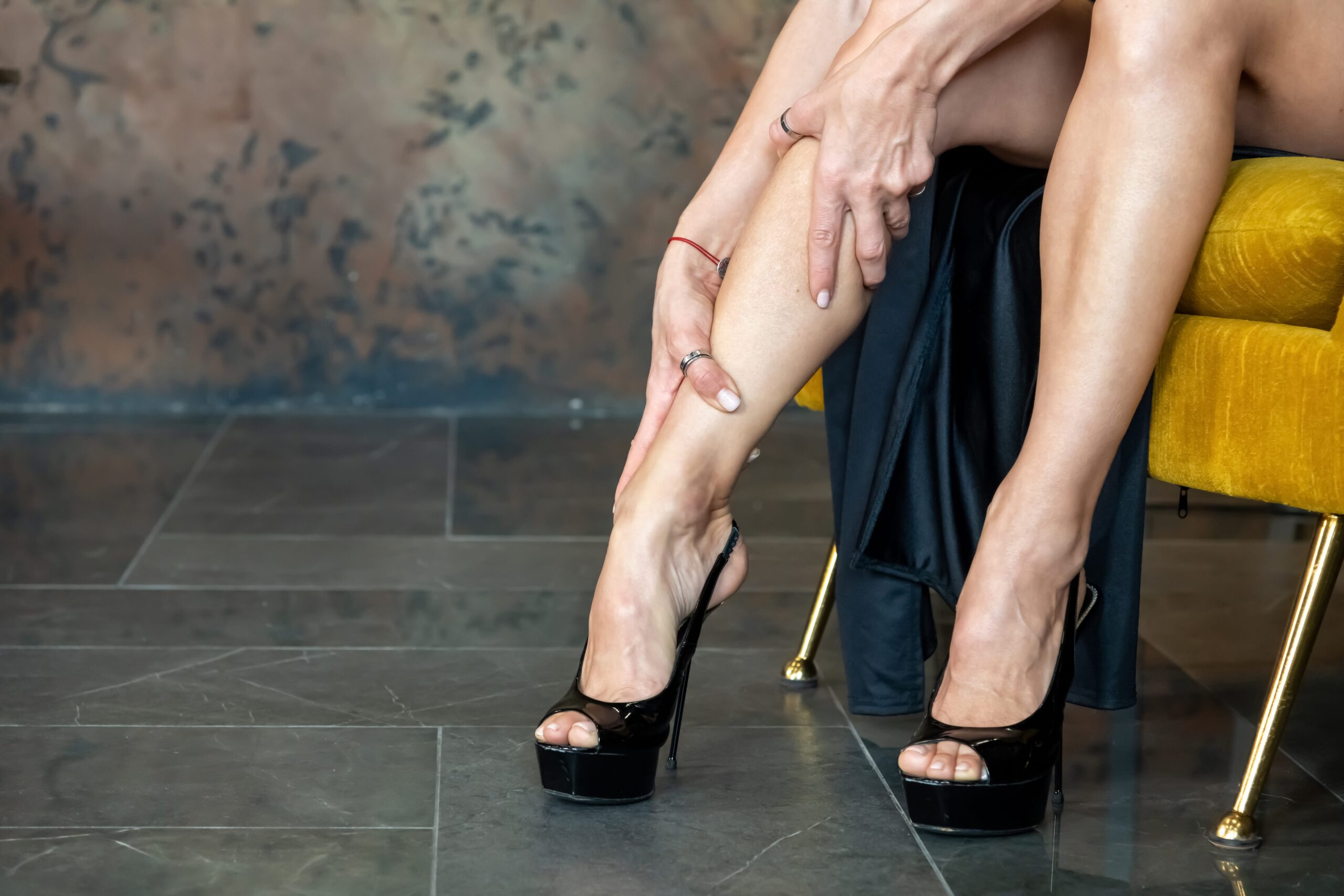Demystifying Varicose Veins
Varicose veins are an issue that affects nearly a quarter of the adult population. They are viewed by many as a cosmetic nuisance when in reality, they are a medical symptom of vein disease.
There are several myths surrounding varicose veins. The most common one is that they only affect older individuals. While age is a factor, genetics play a significant role in developing varicose veins. If your parents had them, you are at a higher risk of developing them as well.
Another myth is that only women get varicose veins. This statement is false. Both men and women are at risk.
The perspective of varicose veins as merely cosmetic and not worth the trouble of treatment is not correct. These enlarged and sometimes painful veins are often a sign of an ineffective one-way valve within your veins. When these valves fail, they allow blood to flow backward and pool in the veins, causing them to enlarge and become swollen.
This pooling of blood, called venous insufficiency, can lead to symptoms that include aching, heaviness, and throbbing in the legs, as well as swelling, cramping, and restless legs. In severe cases, the stagnant blood can form a clot—a condition known as thrombophlebitis.
The Severity
Untreated varicose veins can progress to create chronic venous ulcers, a type of open sore that can lead to long-term disability. Varicose veins are often an indicator of other vascular issues, such as deep vein thrombosis, associated with higher risks of pulmonary embolism.
Therefore, it is essential to seek medical advice at the first sign of varicose veins.
Treatment Options
Modern medicine has come a long way in its ability to diagnose and treat varicose veins. Today, patients have a range of minimally invasive options that are highly effective.
The most common treatments include:
Endovenous Ablation Therapy
This technique involves using heat from a laser or radiofrequency waves to seal the affected vein shut. Once closed, the vein will eventually be resorbed by the body, and blood flow is redirected to healthy veins.
Sclerotherapy
A specialized solution is injected into the veins, causing them to collapse and ultimately fade away. This is often used for smaller varicose and spider veins.
Ambulatory Phlebectomy
This procedure is used for physically removing veins close to the skin’s surface. It is minimally invasive and can be done in a doctor’s office.
Vein Stripping and Ligation
Although considered more invasive than the other options mentioned, it is sometimes still recommended. During these procedures, the surgeon ties off and removes the veins through small incisions. This may be suggested for more severe cases or when the veins are too large to be treated with ablation or sclerotherapy.
Seeking Treatment
Here’s the critical truth about varicose veins and health insurance: Many health insurers understand the medical significance of varicose veins and cover their treatment, particularly if they are causing symptoms or are related to venous insufficiency.
Seeing a Vein Specialist, such as Dr. Mark Zuzga, D.O. at West Florida Vascular & Vein in Safety Harbor / Tampa, Florida can be the first step in the process. He will assess your symptoms, possibly perform a diagnostic ultrasound, and work with you to develop a personalized treatment plan.
www.WestFloridaVascularandVein.com
727-712-3233.


 Under the expert guidance of our Board Certified Vascular Surgeon, Dr. Mark Zuzga, our team of Vein Specialists & Vascular Experts are committed to delivering top-tier outpatient vascular & vein evaluation and treatment throughout the greater Tampa & West Florida surrounding areas. Should you find yourself dealing with leg pain, swelling, ulcers, discoloration, or the appearance of spider and varicose veins, we invite you to request a screening today
Under the expert guidance of our Board Certified Vascular Surgeon, Dr. Mark Zuzga, our team of Vein Specialists & Vascular Experts are committed to delivering top-tier outpatient vascular & vein evaluation and treatment throughout the greater Tampa & West Florida surrounding areas. Should you find yourself dealing with leg pain, swelling, ulcers, discoloration, or the appearance of spider and varicose veins, we invite you to request a screening today